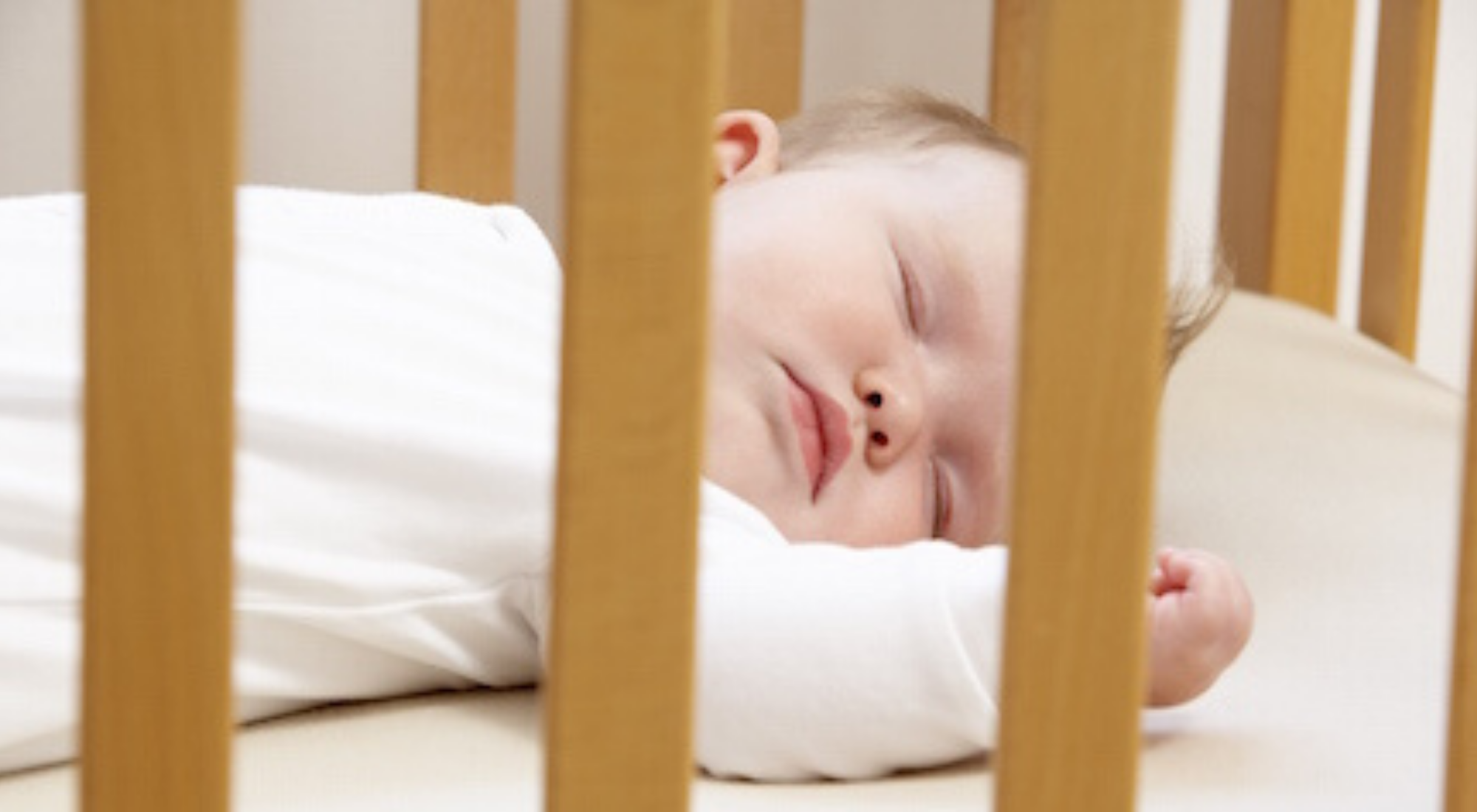
The Best Baby Safe Sleeping Practices
By Rowena Bennett
You cannot watch over your baby 24 hours a day. There are times, such as when he’s sleeping, that he will not under your watchful eye. Learn how to create a safe sleeping environment for your baby.
General recommendations for BOTH crib and adult bed
- Make sure the crib/bed is positioned away from power points, heaters, electrical appliances, lights and windows.
- Keep the crib/bed away from curtain cords or other cords or ropes in which your baby could get entangled.
- Make sure there is nothing on the wall above the crib/bed that could fall on your child.
- Use a firm well-fitted mattress. There should be no gaps between the mattress and the frame of the crib, or gaps between the mattress of the bed and bedrails or wall.
- Avoid the use of soft bedding such as quilts, sheepskins, pillows or fluffy bed clothing.
- The crib/bed should have no stuffed toys or pillows around your baby.
- If your baby is under 12 months of age, place him on his back to sleep.
- Keep your baby's head uncovered to avoid overheating. Do not cover your baby's head with hats, hoods or rugs when sleeping.
- Avoid overheating the room.
- If you swaddle your baby use only a light wrap to avoid overheating.
- Do not allow your baby to sleep in clothing with any long drawstrings, ribbons or cords. If you use a ribbon to attach your baby's pacifier make sure it is no longer than 6 inches.
Safety while bed-sharing
Unlike a crib an adult bed has not been designed to meet the safety needs of an infant, so additional care needs to be taken to prepare your bed for co-sleeping.- Make sure head boards and foot boards do not have slats wide enough to entrap your baby's head, i.e. slats that are spaced no more than 2 3/8 inches (about 6 centimeters).
- Babies should sleep on a firm surface. Saggy mattresses and water beds can be dangerous.
- Avoid your baby rolling out of bed by using a guard rail or moving your mattress against the wall. Care needs to be taken to avoid your baby becoming entrapped between the mattress and wall or mattress and bed rail.
- Avoid guard rails with slats. You can purchase guard rails with plastic mesh.
- Never sleep with your baby if you are under the influences of drugs, alcohol or any substance that could diminish your awareness.
- Adults sharing the bed should not smoke.
- Babies under 12 months should not co-sleep with older siblings.
- Exceptionally obese parents should consider the use of a sidecar arrangement (crib attached to the side of the bed) rather than having a young infant in bed with them.
- Don't wear lingerie with string ties longer than 8 inches and avoid wearing dangling jewelry. Your baby may get caught in these entrapments.
- Place your baby adjacent to the mother rather than between the mother and father. Some fathers do not have the same sensitivity and awareness as a mother has.
- Take care to avoid overdressing your baby. Other warm bodies are an added heat source.
- If necessary you may need to purchase a larger bed. Too small or too crowded a bed space is an unsafe sleeping arrangement for a tiny baby.
- If your hair is very long (at or approaching waist-length) it should be pulled back and fastened. Your hair can become wound around your baby's neck, posing a strangulation risk.
- Don't put your baby to sleep alone in an adult bed.
- Don't sleep with your baby on soft surfaces, such as bean bags, water beds, or couches, where he can slip between the crevices or get wedged against the back of the couch.
For parents who don't like sleeping apart from their baby, but are fearful of sharing a bed with their baby, try using a sidecar arrangements. These are crib-like infant beds with attach securely and safely next to an adult bed.
Safety in a crib
- Check your baby's crib meets relevant consumer safety standards for your country. Cribs manufactured before 1982 can be dangerous and should not be used for children. Be certain the paint is not lead based and does not crack. Look for missing or loose slats or loose screws on the crib.
- Keep mobiles out of your child's reach.
- Avoid the use of bumpers.
- Consider using a 'sleeper' (specially designed sleeping bags for babies) rather than blankets.
- If bed clothing is used, arrange bedding so your baby's feet touch the bottom of the crib and cover only as far as your baby's chest. That way he can't wiggle under the covers and his face become covered.
- Avoid overheating with the use of too many bed clothes. Choose similar layers to what you would feel comfortable with.
- Ensure you always pull the sides of the crib up.
- Don't use hot water bottles or electric blankets for children.